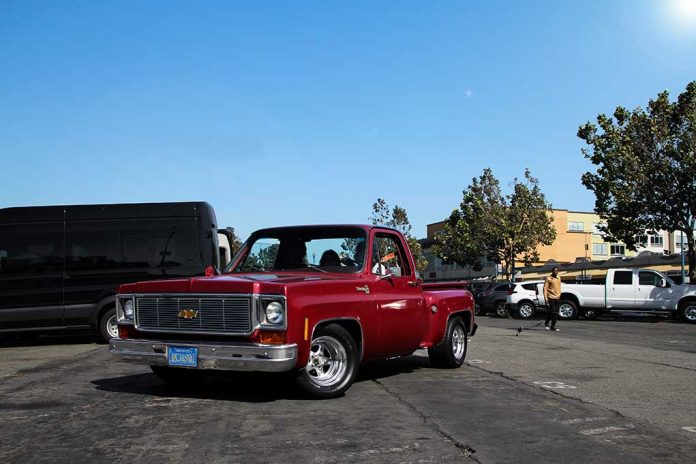
U.S. Customs and Border Protection (CBP) takes on sophisticated car theft rings at Sparrows Point, Maryland, employing cutting-edge technology to combat the rising tide of stolen vehicles being exported through the Port of Baltimore.
At a Glance
- CBP inspects hundreds of vehicles daily at the Port of Baltimore, intercepting stolen cars bound for international destinations.
- 90-95% of intercepted stolen vehicles are destined for West Africa, with others headed to the Middle East and Asia.
- Advanced X-ray technology and weight analysis are used to identify suspicious shipments.
- The rise of online tutorials on vehicle theft contributes to this complex global issue.
- Car thefts in New Jersey have decreased by 26% due to enhanced law enforcement efforts and information sharing.
CBP’s Battle Against International Auto Theft
At Sparrows Point, Maryland, U.S. Customs and Border Protection (CBP) agents are waging a high-tech war against a sophisticated enemy: international auto theft rings. As the number of stolen vehicles being exported through the Port of Baltimore continues to rise, CBP has implemented innovative inspection methods to tackle this growing threat to national and international security.
The scale of the problem is staggering. CBP officers at the Port of Baltimore inspect several hundred vehicles daily, uncovering on average one illegal export attempt. The majority of these stolen vehicles are destined for West Africa, with others bound for the Middle East and Asia. This global reach underscores the complexity of the issue and the need for sophisticated countermeasures.
Cutting-Edge Technology in the Fight Against Auto Theft
To combat this epidemic of auto theft, CBP is leveraging state-of-the-art technology. At the forefront of these efforts is the use of advanced X-ray systems, which allow agents to peer inside shipping containers without the need for time-consuming physical inspections. Additionally, intelligence teams at ports analyze container weights to identify suspicious shipments that may contain hidden vehicles.
“I’d say 90 to 95% of every one of our stolen automobiles is headed to West Africa.” – Adam Rottman
These technological advancements are crucial in the face of increasingly sophisticated theft methods. Criminals often employ fraudulent purchases and use fake vehicle identification numbers (VINs) to disguise stolen cars. The rise of online tutorials offering guidance on vehicle theft has further complicated the situation, making it imperative for law enforcement to stay one step ahead.
Collaborative Efforts Yield Results
The fight against auto theft is not confined to our nation’s ports. Across the country, law enforcement agencies are joining forces to combat this issue. In New Jersey, for example, a coordinated effort between local, state, and federal agencies has led to a significant 26% decrease in car thefts this year. This success is attributed to improved information sharing and targeted enforcement actions.
The Department of Homeland Security (DHS) has also stepped up its game, creating an Auto Export Crimes Task Force to coordinate efforts across various agencies. This task force facilitates the sharing of vital intelligence and resources, enabling a more effective response to the complex networks behind international auto theft.
The Road Ahead
While progress has been made, the battle against auto theft and illegal vehicle exports is far from over. As criminals continue to evolve their tactics, law enforcement must remain vigilant and adaptive. The success at ports like Baltimore and Newark demonstrates the effectiveness of combining advanced technology with inter-agency cooperation.
As CBP and its partners continue to refine their strategies and technologies, the message to would-be car thieves is clear: The odds of successfully exporting stolen vehicles are diminishing. Through persistence, innovation, and collaboration, law enforcement agencies are turning the tide in the fight against international auto theft, safeguarding our communities and our economy.






















